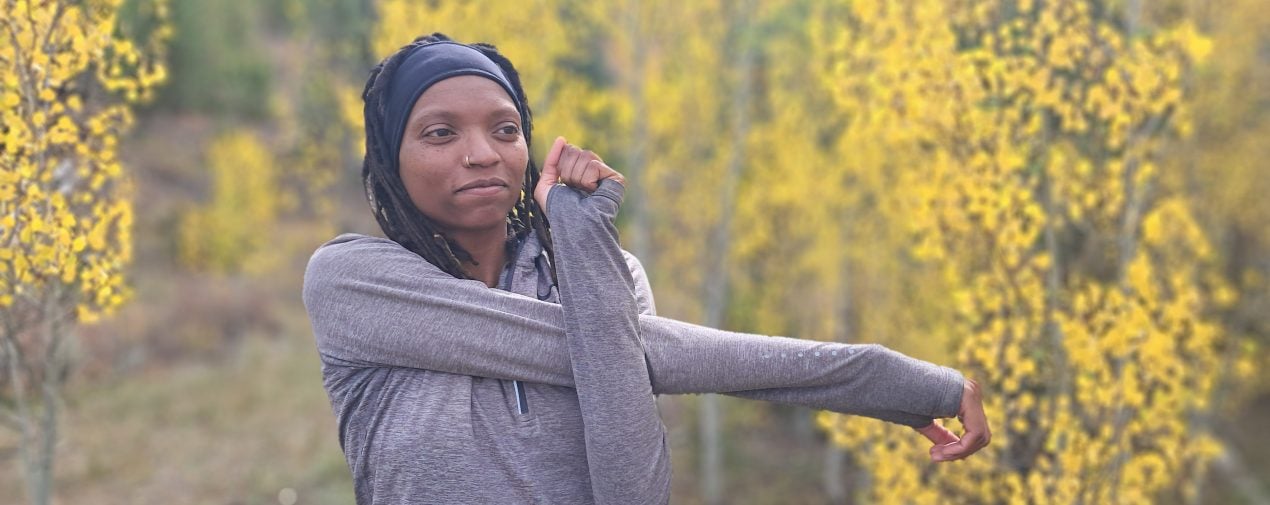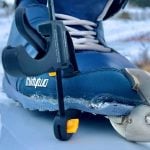10 Ways to Age Like an Athlete
Last year, I turned 30 while training in Steamboat Springs, Colorado. To celebrate, I signed up for a week-long trampoline and water ramp camp with a grassroots organization called AirTeam. While gaining aerial awareness, I reflected on how thankful I was for my body, and how much it does for me even when I’m not paying attention.
This blog post is a reminder that if you want to keep doing cool activities (skiing, biking, hiking, sending backflips, etc…) you need to take care of your body. So if you’ve been telling yourself you need to stretch more, are still feeling a lingering tweak from years ago, or just want to be proactive with your body, read on for 10 reminders that will keep you healthy, strong, and active.
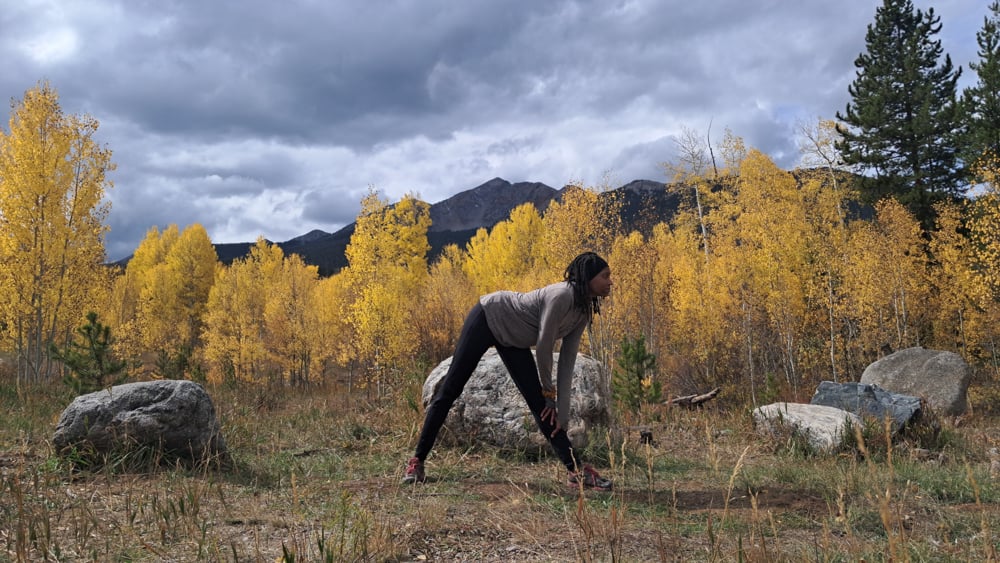
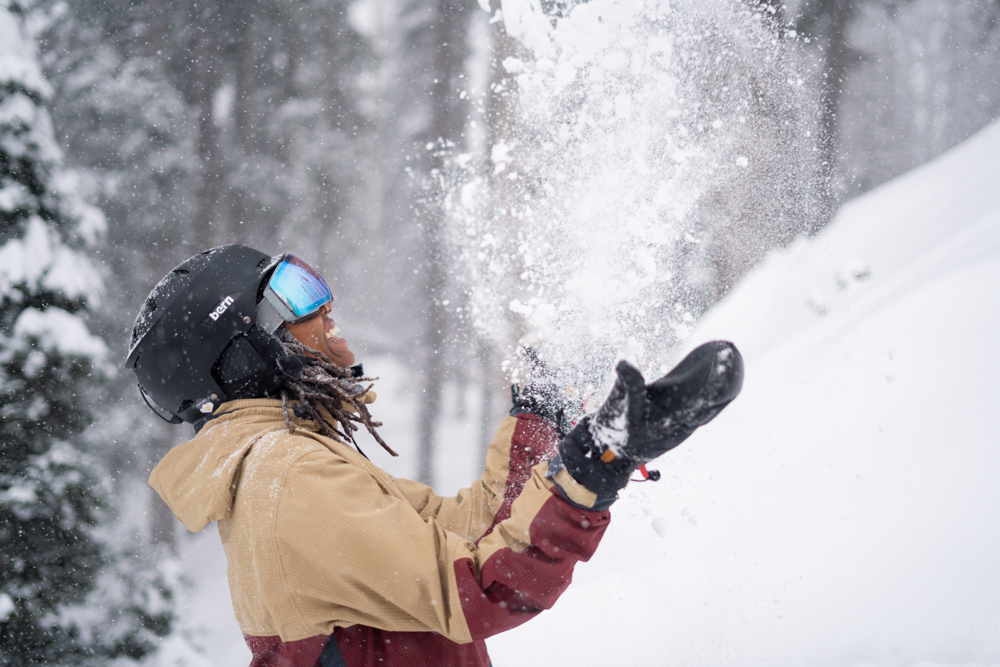
Once the clock struck 30 years, I waited for the inevitable. Was my professional snowboard career about to end? Would I suffice as a backpack instructor for NOLS now that my back had hit the 30 years of mileage mark?
Everyone talks about aches and pains once you hit a certain age. I expected my back to hurt, my knees to creak, and my energy levels to plummet. But to my surprise, nothing changed.
The truth?
I don’t think I “feel old” because I’ve been taking care of my body. And I’m here to remind you that you can continue to do what you love by giving your body the attention it deserves.Whether you’re recovering from an old injury, trying to prevent the next one, or simply want to keep feeling strong and limber for years to come, we hope these tips resonate.
1. Stretching: The Unsung Hero
Stretching isn’t just about flexibility. It’s about recovery. Every day, your body takes a beating, whether you’re hiking, lifting gear, or just sitting at a desk. Stretching helps keep muscles long, limber, and free from stiffness. After a day of physical activity, it helps with faster recovery, prevents injury, and boosts overall mobility.
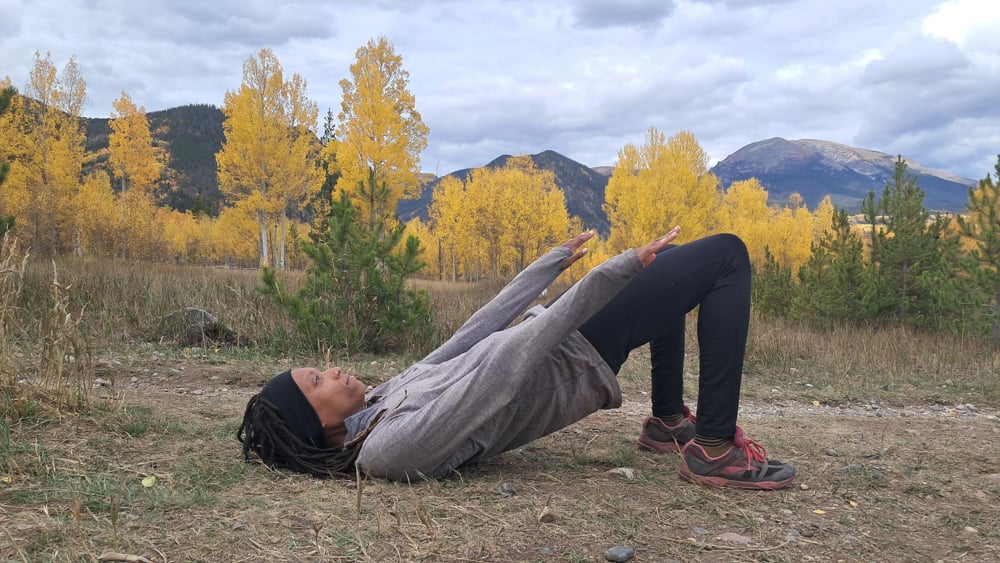
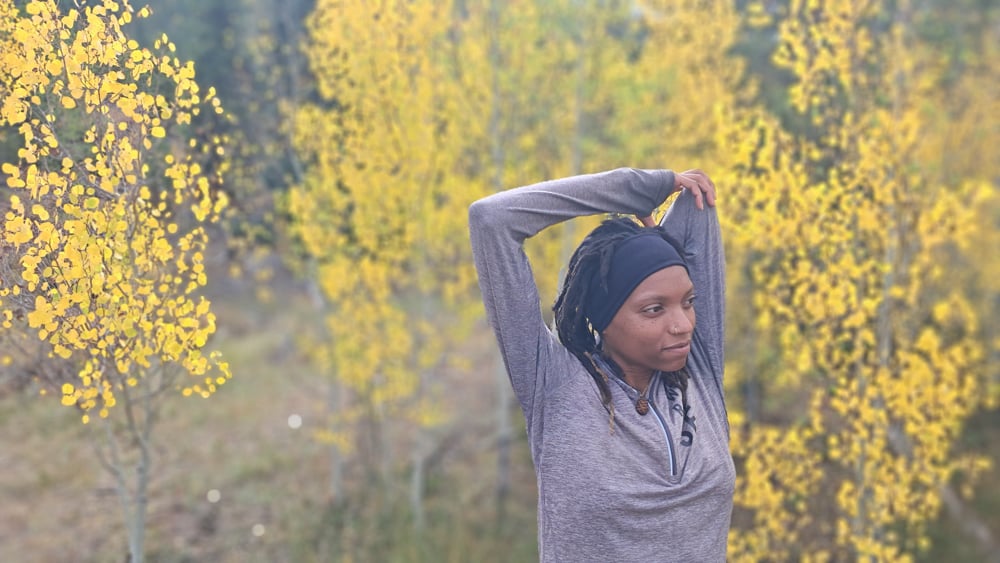
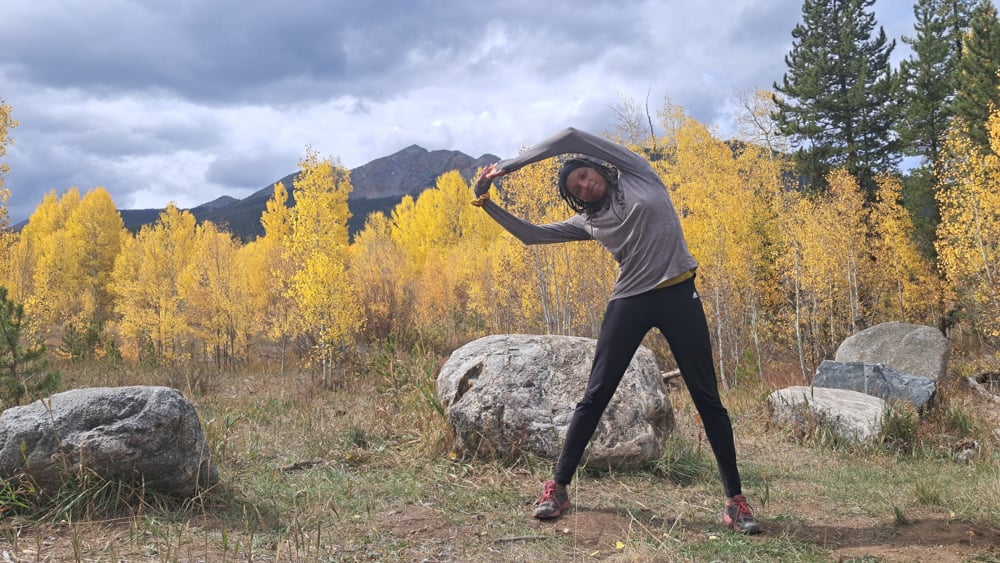
One piece of advice from an older skier I met at Monarch Mountain stuck with me: “Keep stretching.” It’s simple, but so important. So next time you’re just sitting on your phone, take 10 minutes to stretch your body out simultaneously and give it some love.
2. Strengthen Your Hips with Hip Blasters
When I bruised my meniscus, I learned the hard way that weak hips can contribute to knee pain. Physical therapy showed me that TIGHT HIPS are often a result of WEAK HIPS. If the muscles around your hips aren’t strong enough, they get overworked.
My physical therapist had me incorporate “hip blasters” into my routine to target the hip muscles. Clamshells, bridges, and leg raises became a game-changer. These moves not only helped alleviate tightness but also made my knees feel stronger. Strengthening the hips is an essential part of injury prevention, especially if you spend a lot of time on your feet or in motion.
3. Single-Leg Squats: Balance and Strength
Building strength in your legs is key, but balancing on one leg takes it to another level. Single-leg squats are a fantastic way to strengthen your quads, hamstrings, and glutes while improving your balance.
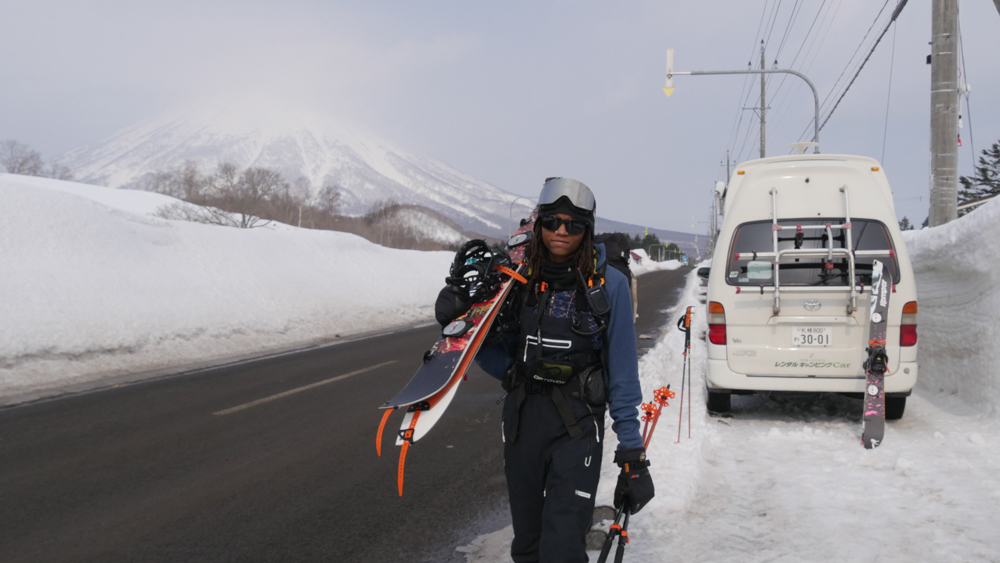
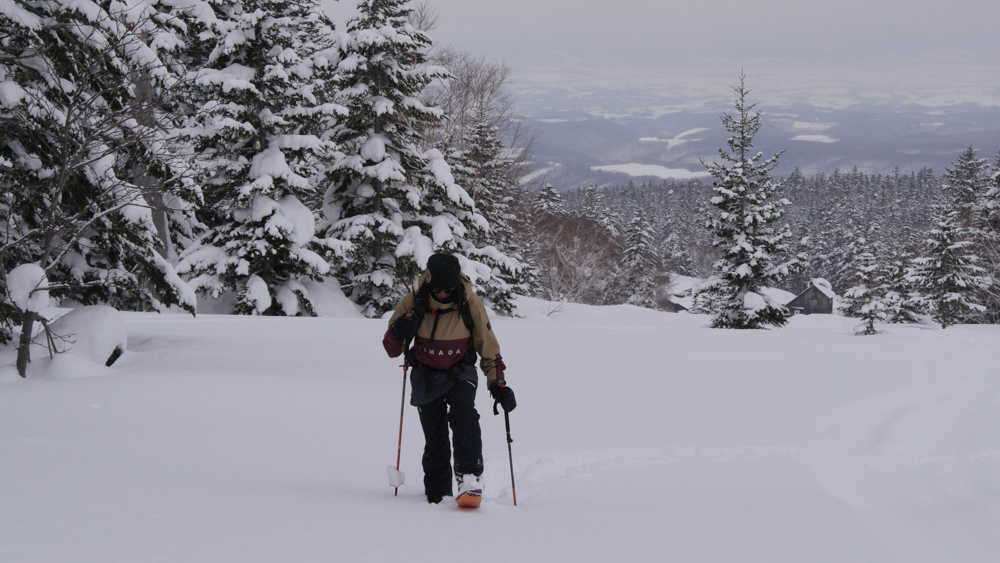
4. Recovery is Part of Training
Rest and recovery days aren’t just “days off.” They’re when your body does the actual rebuilding. Muscles repair and grow during rest, not while you’re working out. Prioritize sleep, take a walk instead of a run, or schedule a mobility session in place of your usual high-output day. You don’t always have to go hard to make progress – sometimes it’s more to slow down.
5. Wall Squats: Foundation Building
Wall squats help build stability in your lower body and activate your core. They’re an excellent exercise for improving endurance and targeting your thighs, calves, and glutes. Add these into your workout routine, especially on days when you can’t make it to the gym. You’re welcome!
6. Dance: Movement Is Medicine
You don’t need to be a professional dancer, but dancing is a great way to keep your body mobile. Try busting a move to your favorite song. Dancing gets your muscles moving in all directions, promoting flexibility and coordination. And, it’s fun!
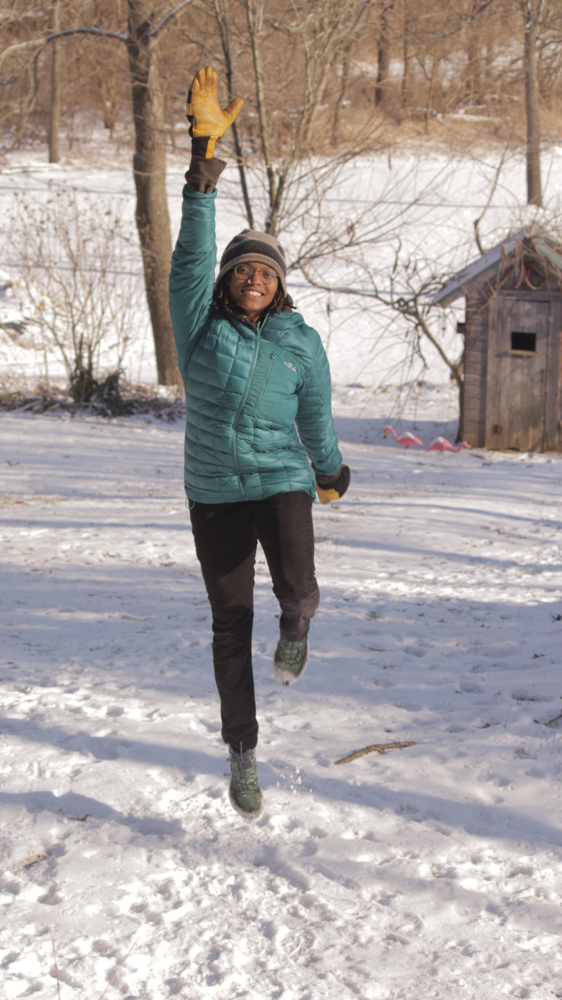
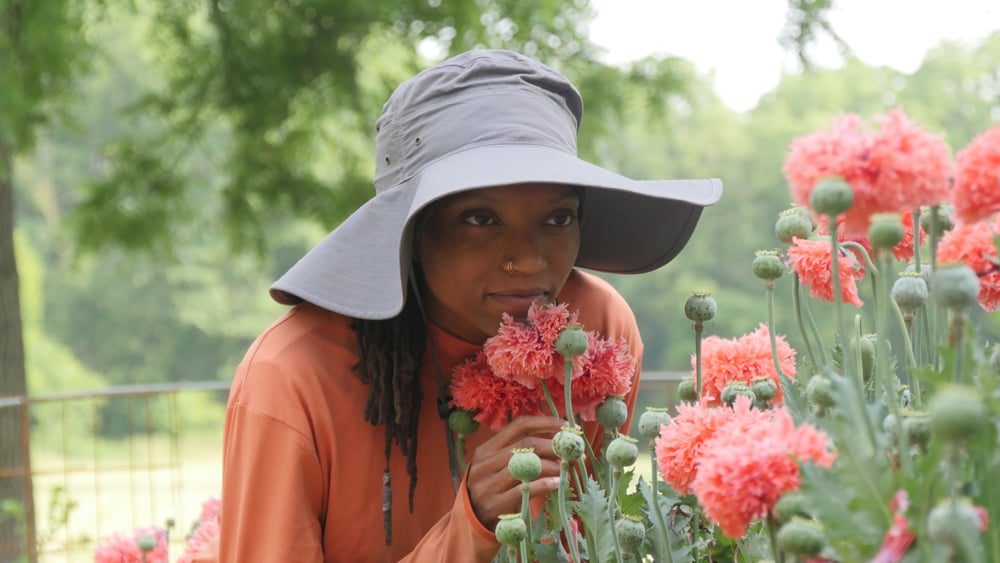
7. Heel Raises: Don’t Neglect Your Calves
Calf muscles often get overlooked, but they play a vital role in stabilizing your legs, especially when you’re running or hiking. Heel raises are a simple yet effective way to build strength in your calves and prevent injuries like Achilles tendonitis. Try doing them on a step for a deeper stretch.
8. Toe-ga: Stretch The Toes!
Our toes carry a lot of weight. Many people forget to pay attention to their feet, but they’re the foundation of all movement. Toe-ga, or toe yoga, involves simple stretches that target your toes, arches, and the muscles in your feet.
9. Fuel Your Body Right
Physical health isn’t just about exercise; it’s also about nutrition. Eating a balanced diet rich in whole foods, lean proteins, healthy fats, and plenty of fruits and veggies is essential for optimal performance. Remember to hydrate as well! Proper hydration helps with muscle recovery and reduces the risk of cramps or injuries.
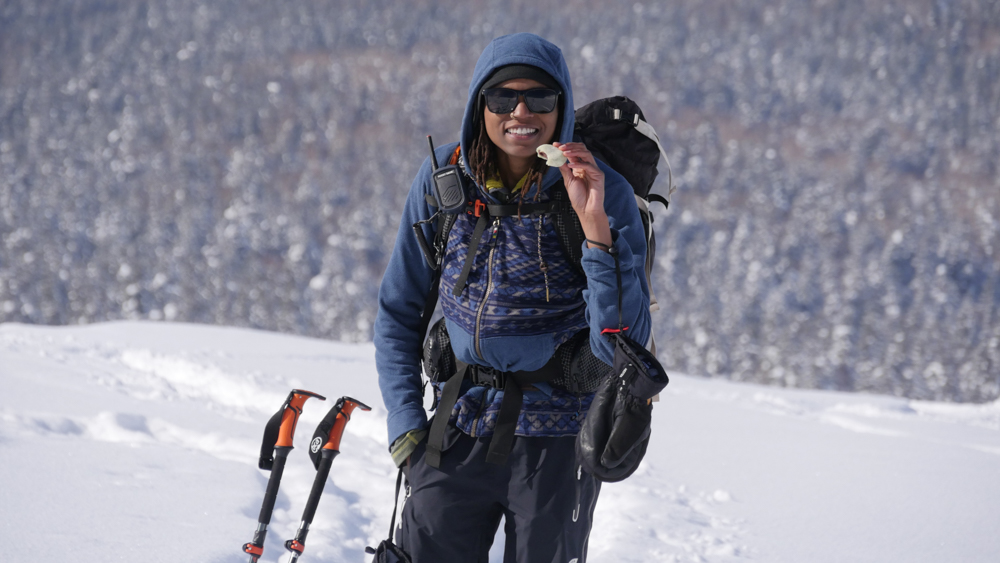
10. Listen to Your Body
This might be the most important reminder of all. Whether you’re doing high-intensity workouts or enjoying a leisurely hike, listen to what your body is telling you. If something feels off, take a step back. Overworking yourself can lead to burnout or injury. Rest, recovery, and self-care are just as important as exercise.
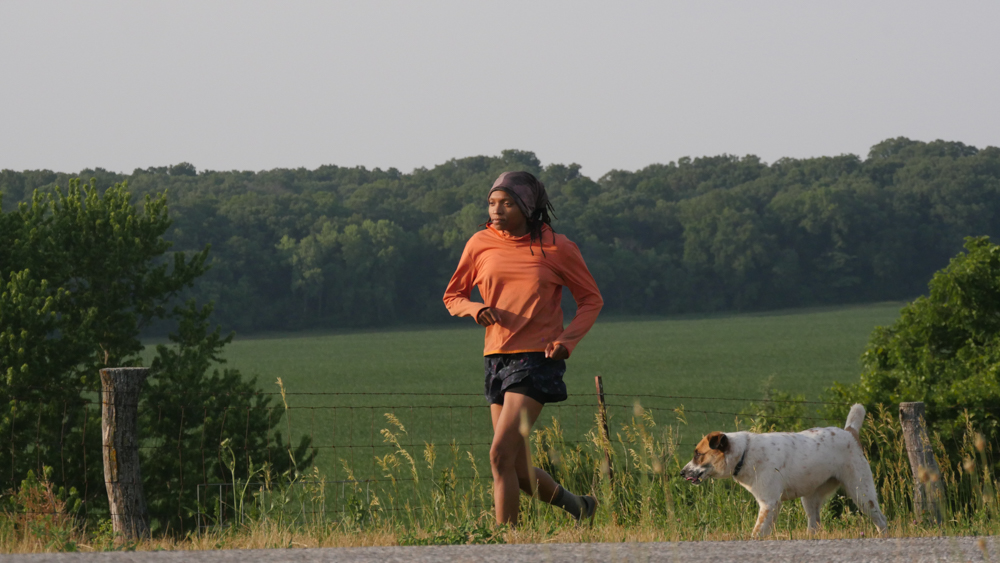
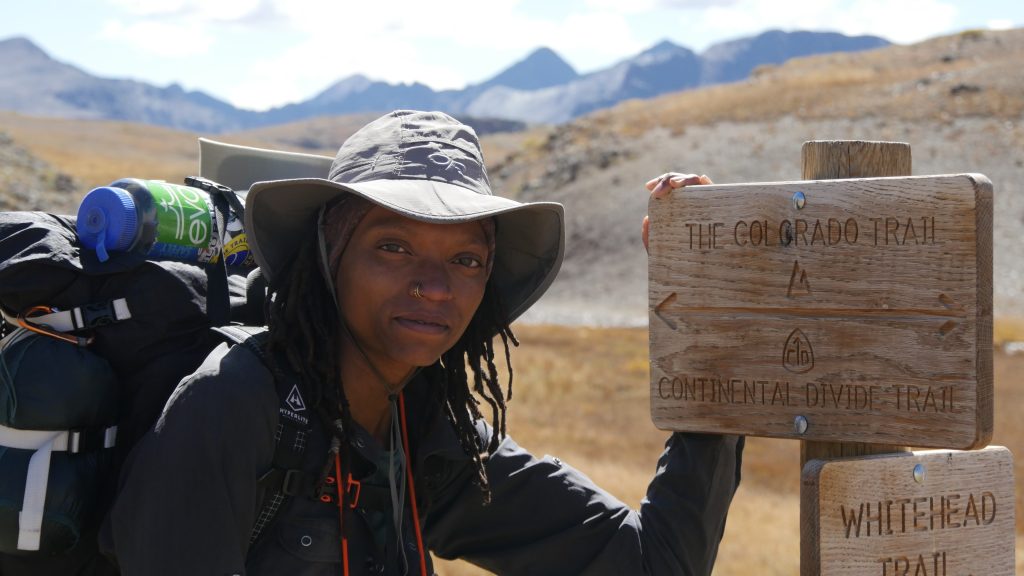
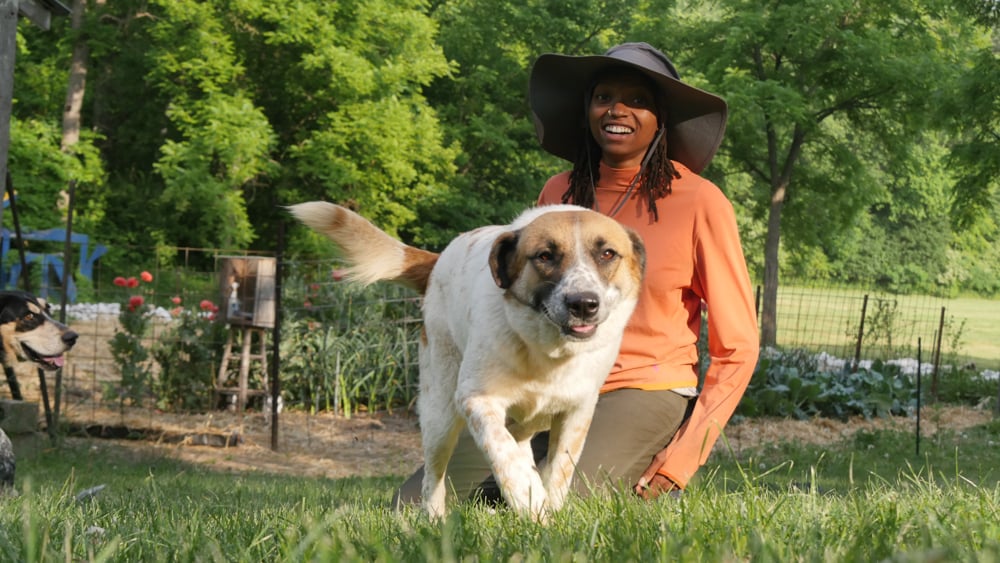
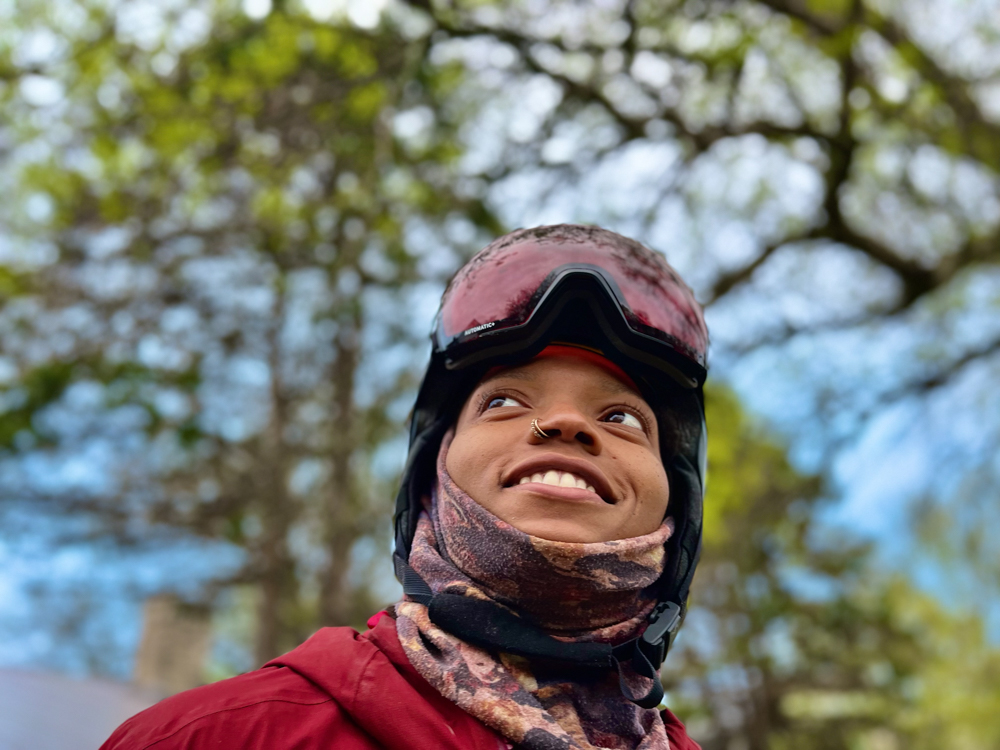
Last Reminders
As outdoor professionals, we push our bodies to do incredible things – whether it’s skiing, carrying gear through rugged terrain, or landing on your head from a stalled backflip. We rely on our physical strength and endurance. But to keep doing these activities safely and without pain, we need to prioritize our health.
While taking a warm-up break at Monarch Mountain in Salida, CO, I met an older skier who told me her secret to returning every year to ski: “Stretch.” Simple, right? But her advice stuck with me. Because while our bodies are capable of incredible things, they’re also vulnerable. Bones can break, tendons can tear, and one misstep can sideline us for months.
If you move, you walk the slack line dance of injury every day. But you can also walk it with strength, grace, muscles that support you, joints that move freely, and habits that keep you doing what you love.
Taking care of yourself now means you can continue doing what you love for many years to come. So, here’s to 30, 40, and beyond. May we always feel strong, limber, and ready for the next adventure.
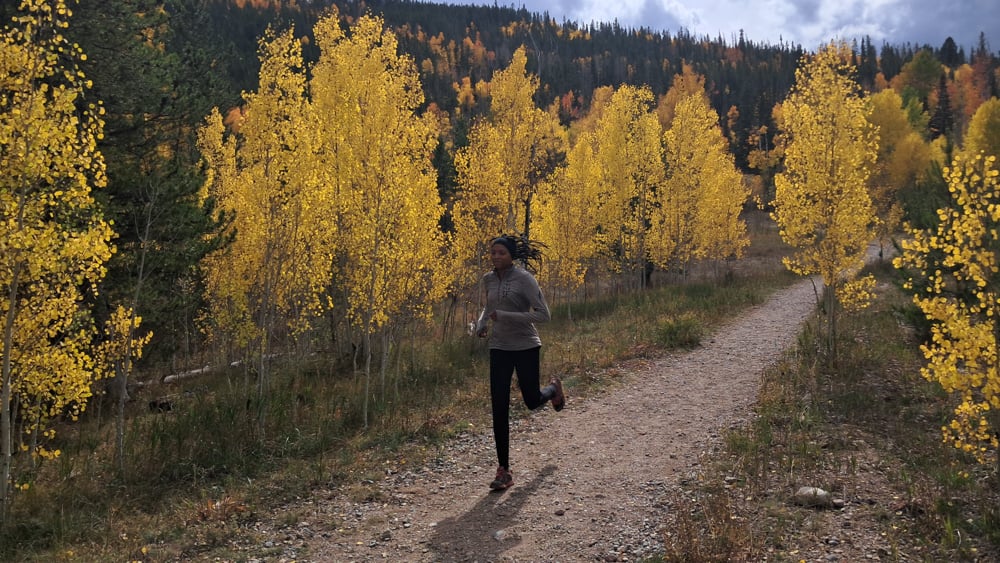
About the Gear Tester


